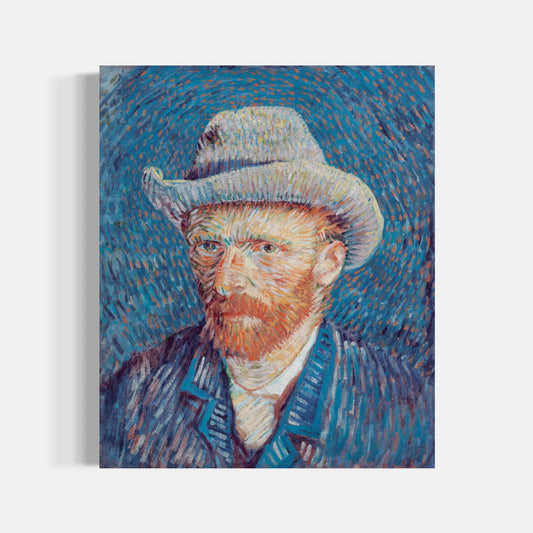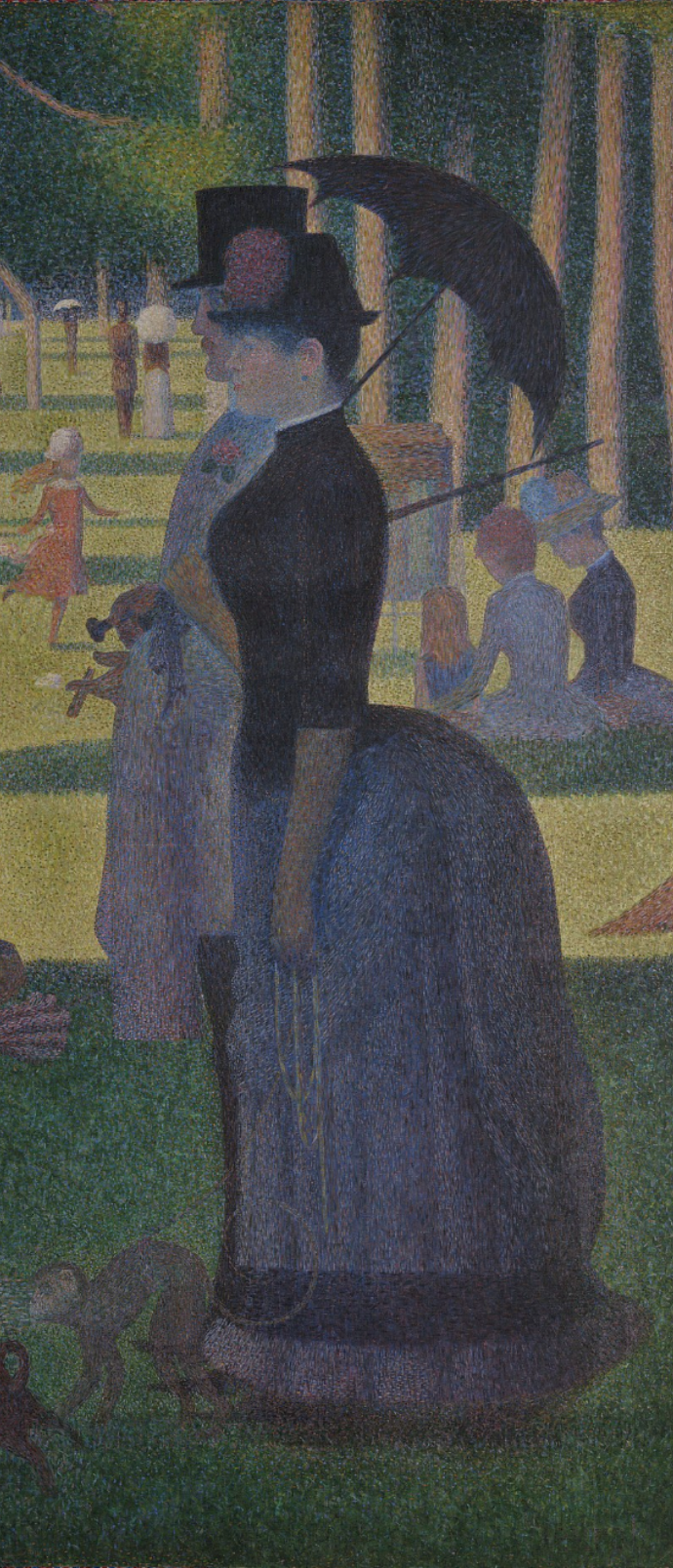
Pointillism
Era: 1887 - 1900
Pointillism emerged at the end of the 19th century, mainly thanks to Georges Seurat and Paul Signac. This style of painting is characterized by the application of small, distinct strokes of pure color, juxtaposed on the canvas, rather than mixed on the palette. Pointillist artists believe that these points of color, when viewed from a distance, blend optically to form more vibrant and bright tones and images. This technique is based on scientific principles of visual perception and color theory.
Georges Seurat, one of the pioneers of Pointillism, created iconic works like “A Sunday Afternoon on the Island of La Grande Jatte,” where thousands of points of color are painstakingly applied to depict a scene from everyday life with remarkable clarity and brightness. Paul Signac, his contemporary, also adopted and developed this technique, producing vivid seascapes and urban scenes.
Pointillism is distinguished by its technical rigor and its scientific approach to color and light. Pointillist artists seek to capture natural luminosity and create a new form of optical realism.
In summary, Pointillism is an innovative exploration of color and visual perception, aiming to enrich the viewer's aesthetic experience with vibrant and luminous compositions.
Remarkable Artwork
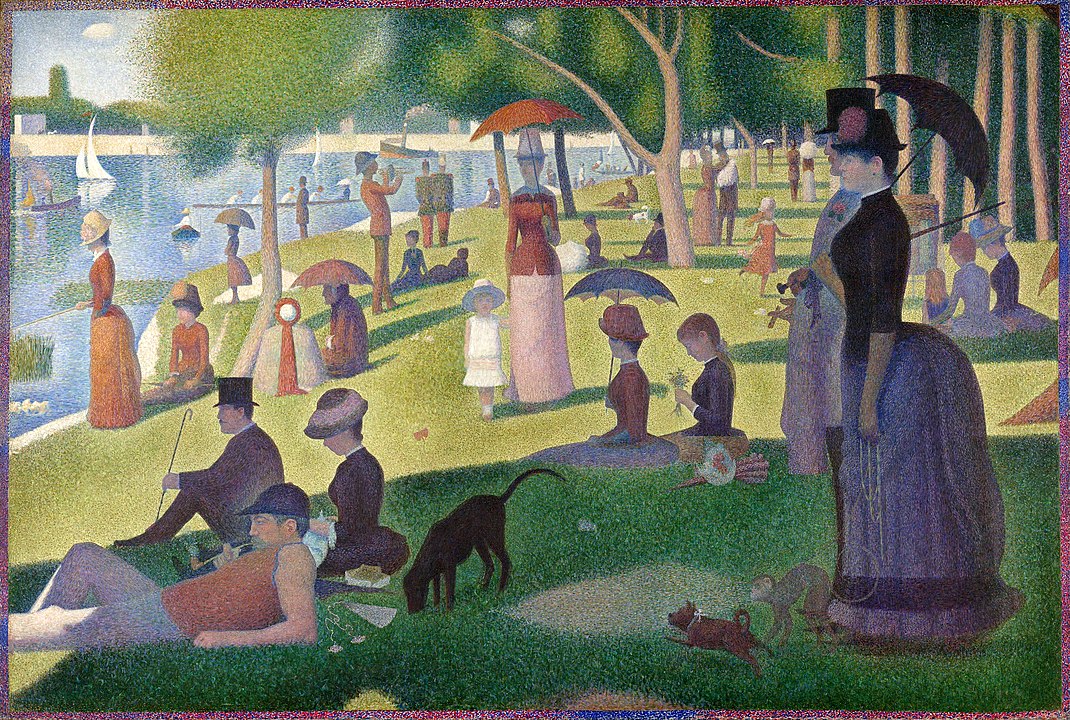
Sunday Afternoon on The Island of…
George Seurat
Year of creation: 1884-1886
Estimated Market Value: 440 M$
Original Format: 207,6 cm × 308 cm
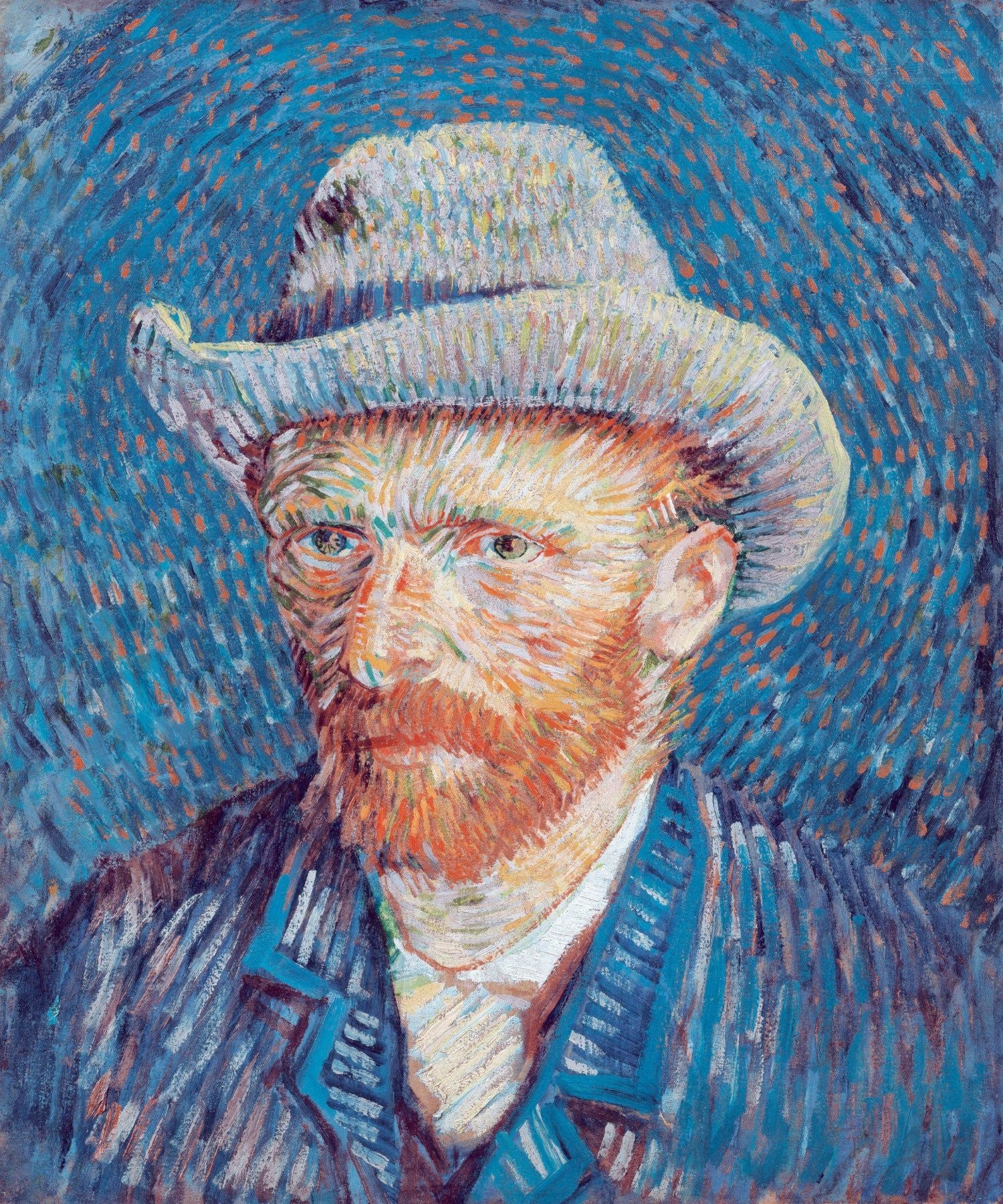
Self-Portrait with Grey Felt Hat
Vincent Van Gogh
Year of creation: 1887-1888
Estimated Market Value: 280M$
Original Format: 44 cm x 37,5 cm
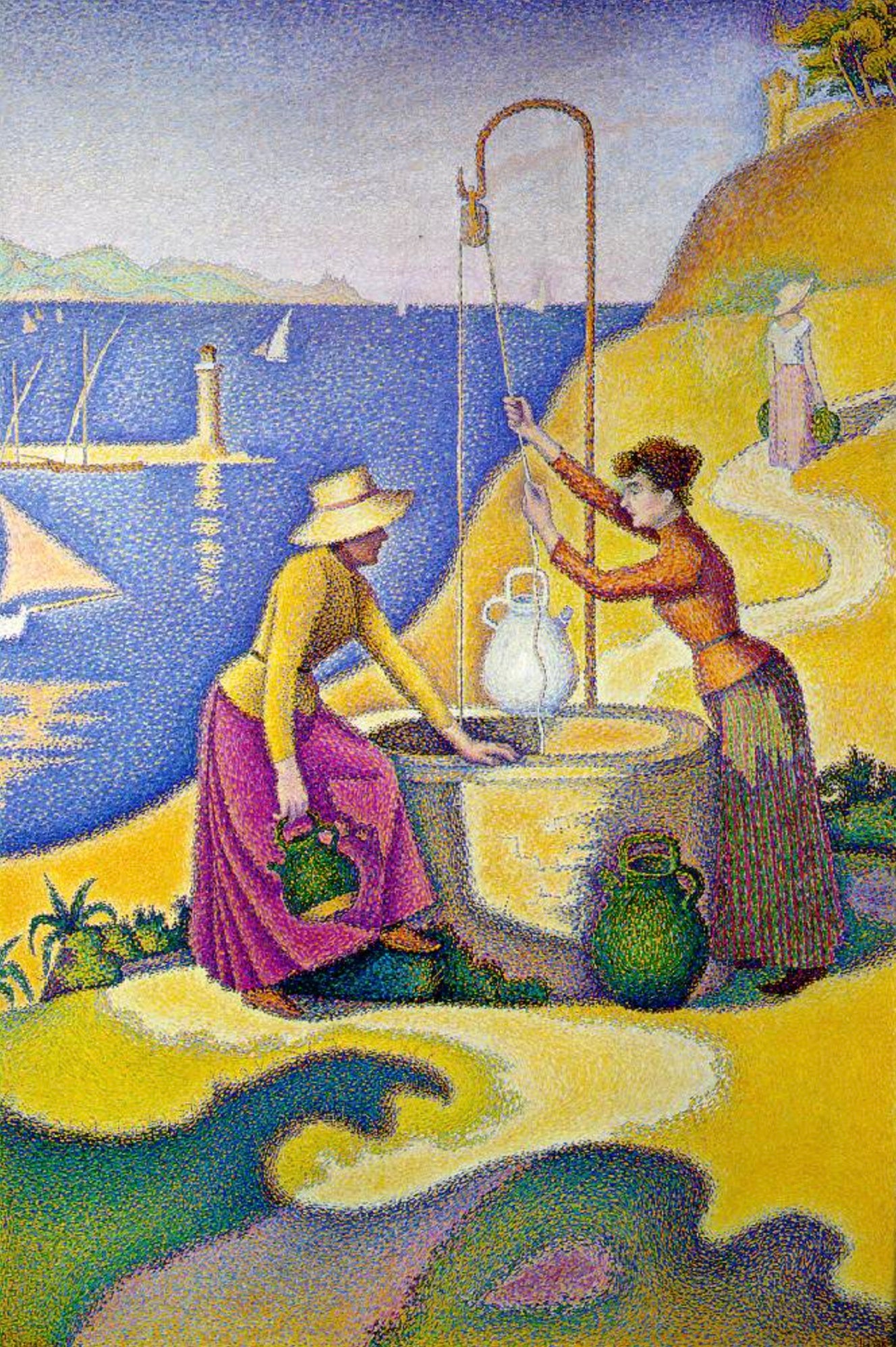
Woman at the Well
Paul Signac
Year of creation: 1892
Estimated Market Value: 167 M$
Original Format: 194,5 cm × 130 cm
Available to Purchase
-
Self-portrait with Felt Hat
Regular price From $197.00 CADRegular priceUnit price / per


